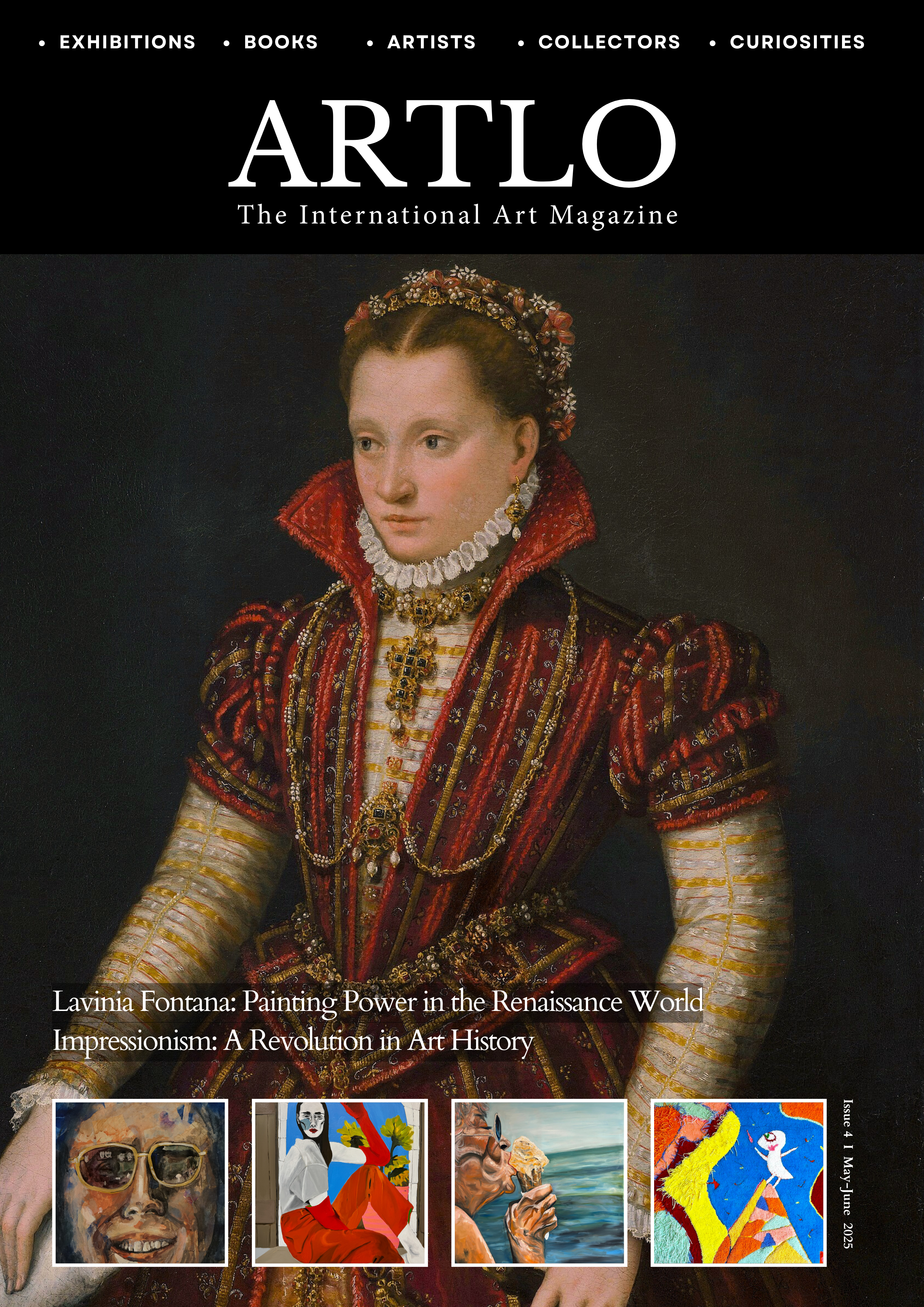A Newly Unveiled Picasso: Bust of a Woman in a Flowery Hat (Dora Maar)
- James Wentworth

- Sep 19
- 3 min read
Published on 18 September 2025
A painting by Pablo Picasso, unseen for more than eight decades, has been unveiled in Paris, offering a fresh glimpse into the artist’s complex and ever-evolving portrayal of Dora Maar. The work, Bust of a Woman in a Flowery Hat (Dora Maar), completed in July 1943, had remained in the same private collection since 1944, quietly preserved and virtually unknown to the wider public.

This rediscovery is remarkable not only because of its rarity but also because of the particular light in which it presents Maar. Unlike the more anguished depictions for which she became widely recognised, this portrait reveals her through a softer lens, with vibrant colours and a more lyrical approach. Picasso’s decision to use such vivid tones during the sombre wartime years of occupied Paris provides a striking contrast, underscoring the painting’s singularity within his oeuvre of the early 1940s.
The canvas, measuring 80 by 60 centimetres, has never been exhibited beyond Picasso’s own studio at the Rue des Grands Augustins, where he occasionally hosted private showings. Its presence was known to scholars only through a black-and-white photograph taken in 1944 and catalogued shortly before its sale that year. Since then, the painting has resided in the family of its first French collector, passing quietly from generation to generation until its recent emergence.

Described by Christophe Lucien, the auctioneer responsible for its unveiling, as both “a masterpiece” and “a milestone in the history of art and in Picasso’s own life,” the work is considered exceptional for its freshness and emotional resonance. Specialists have emphasised how unusual it is to encounter a portrait of Dora Maar from this late stage in their relationship that carries such softness of treatment. Indeed, while Picasso often painted her with sharp lines and darker tones, here he allowed colour and delicacy to dominate, creating a portrait that feels both intimate and unexpectedly luminous.
The authenticity of the work has been confirmed by the Picasso Administration, supported by documentary evidence and by the photographs taken by Brassaï, Picasso’s close friend, who captured the canvas in the painter’s atelier in 1944. The reverse of the canvas bears the date, 11 July 1943, while Picasso’s signature is visible on the front, in the upper left corner.
The painting remains in an extraordinarily raw state: it was never varnished, never restored, and is simply mounted with protective wooden battens. This unmediated condition, rare in works of such historical importance, enhances its immediacy, allowing today’s viewers to encounter it much as it left Picasso’s studio more than eighty years ago.

Set to be auctioned on 24 October at Lucien Paris, the painting carries a conservative estimate of €8 million. Yet, given the record prices achieved by comparable works—among them Dora Maar au Chat, which reached $95 million in 2006—many expect bidding to rise significantly beyond that figure. As Olivier Picasso, the artist’s grandson, has observed, “A painting by Picasso, and moreover a portrait of Dora Maar, is something unusual. That it should appear on the market in France is rarer still.”
This unveiling offers both scholars and the public a new opportunity to reflect on the significance of Dora Maar in Picasso’s artistic journey. Far more than muse or companion, she was herself a gifted surrealist photographer whose sensibility left an indelible mark on Picasso’s wartime production. With its vibrant palette and restrained poignancy, Bust of a Woman in a Flowery Hat stands as a testament not only to their shared history but also to Picasso’s ability to find light and colour in one of Europe’s darkest moments.
%2017_16_46.png)
%20(1350%20x%201080%20px)_edited_jp.jpg)


